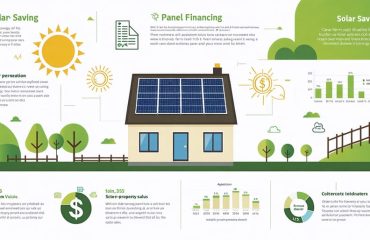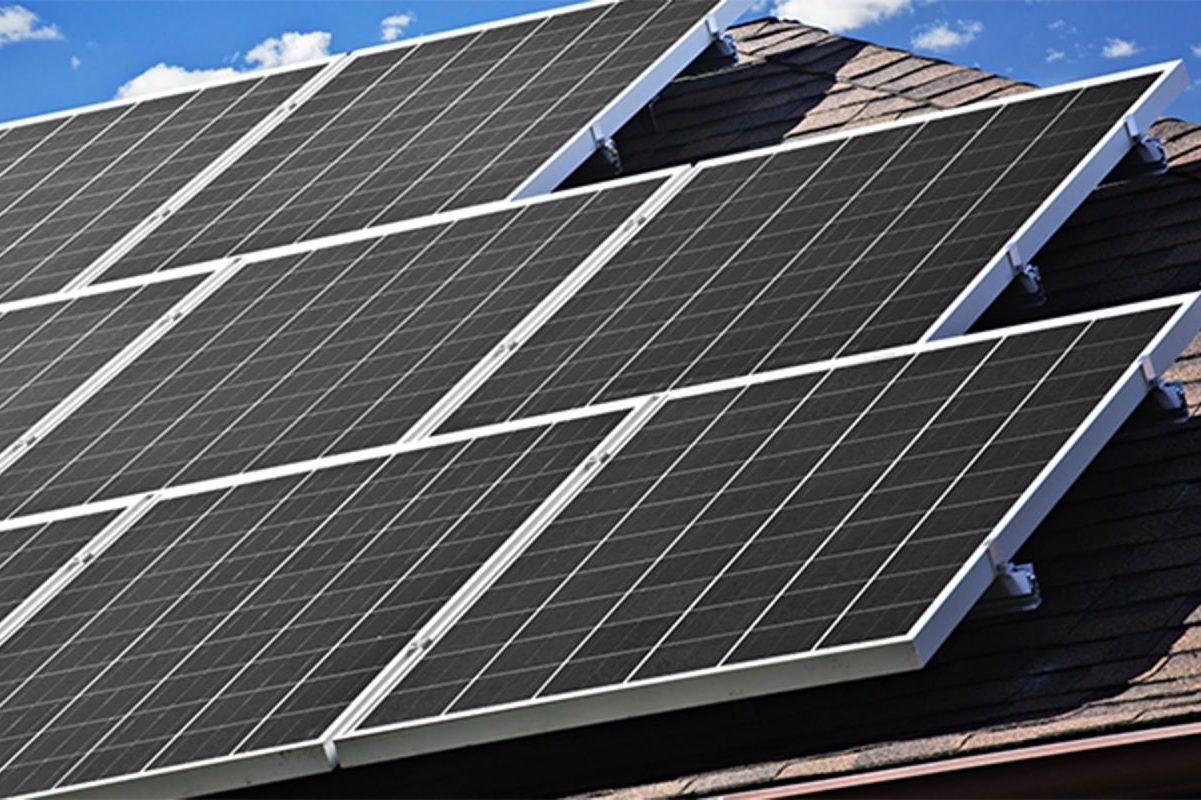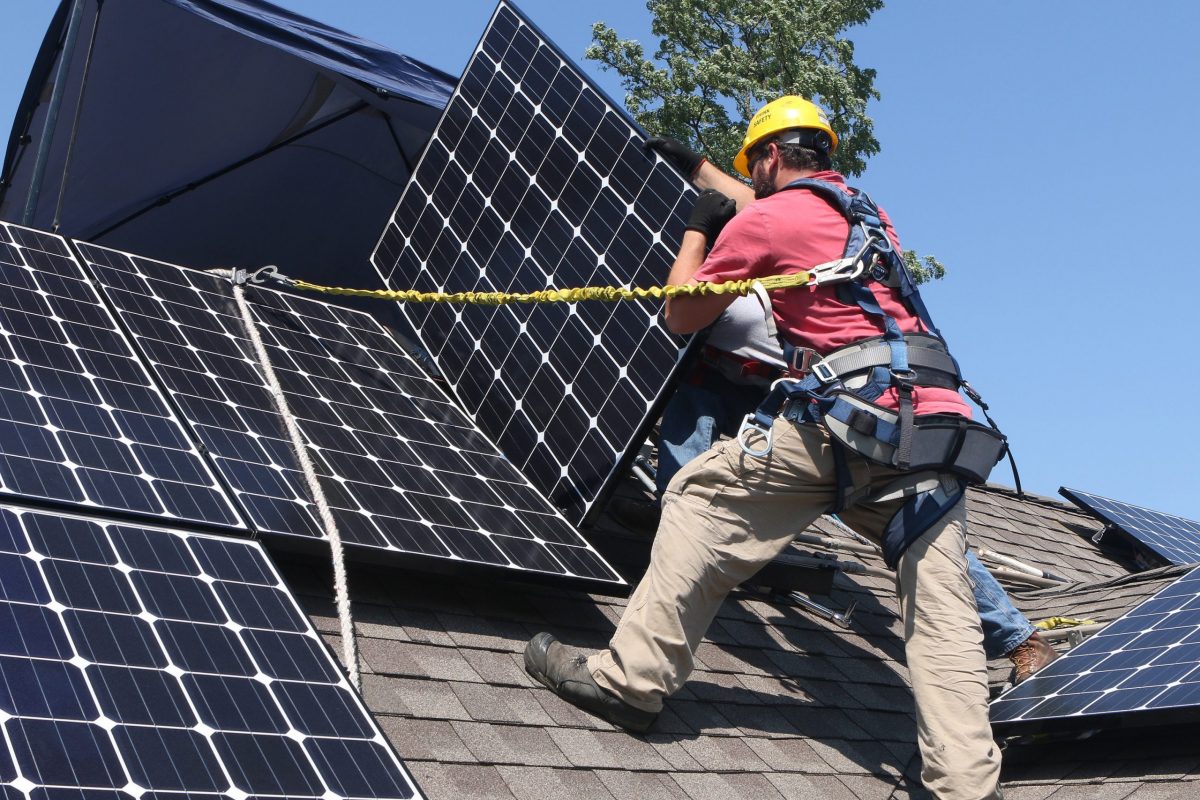Solar power regulations shape every aspect of your renewable energy journey, from initial permits to long-term energy savings. Understanding these rules before starting your solar installation process ensures a smooth transition to clean energy while maximizing your investment’s value. Federal incentives like the Solar Investment Tax Credit offer substantial savings, while state-specific programs provide additional financial benefits for homeowners embracing solar technology. Local zoning laws and homeowners’ association guidelines determine system placement, size, and aesthetic requirements—critical factors that influence your solar array’s effectiveness and compliance. Recent regulatory changes have simplified the approval process in many jurisdictions, making residential solar more accessible than ever. By navigating these regulations strategically, homeowners can unlock significant energy savings while contributing to a sustainable future. Understanding these rules isn’t just about compliance—it’s about maximizing the return on your solar investment while ensuring your system meets all necessary safety and performance standards.
Current Federal Solar Regulations Made Simple
Federal Tax Credits and Incentives
The federal government offers substantial incentives to encourage homeowners to embrace solar energy, with the Solar Investment Tax Credit (ITC) being the most significant benefit. As of 2024, homeowners can claim 30% of their total solar system costs as a tax credit, making financing your solar installation more affordable than ever.
To qualify for the federal tax credit, you must own your solar system (rather than lease it) and install it on your primary or secondary residence in the United States. The credit applies to all system components, including panels, inverters, mounting equipment, and installation costs. If your tax liability is less than the credit amount in the first year, you can carry over the remaining credit to subsequent tax years.
Additionally, the federal government offers accelerated depreciation benefits for businesses installing solar systems, allowing them to write off the entire cost in the first year through bonus depreciation. Energy storage systems, such as batteries, now also qualify for the 30% tax credit when installed alongside solar panels or added to existing systems.
Remember to consult with a qualified tax professional and keep detailed records of your solar installation costs to maximize these benefits. The current 30% rate is guaranteed through 2032, making now an ideal time to invest in solar energy.
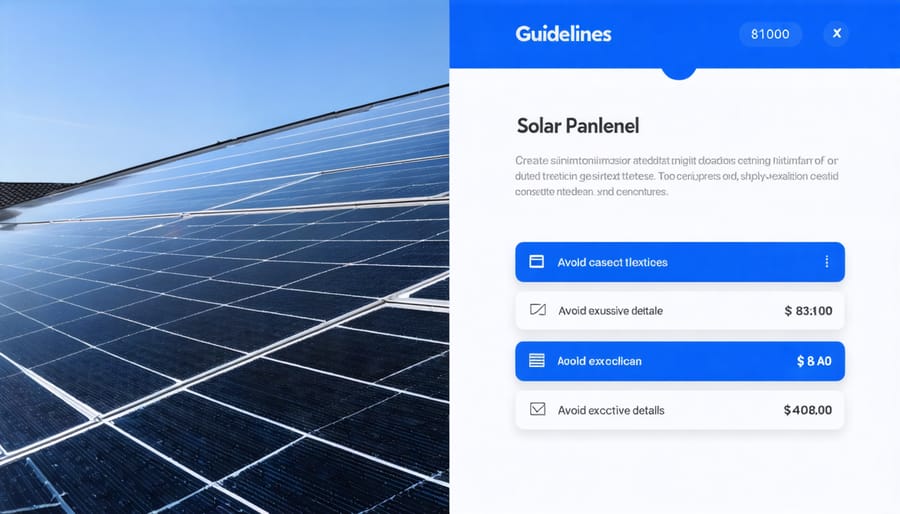
National Safety Standards
National safety standards for residential solar installations prioritize the protection of homeowners, installers, and electrical systems. All solar installations must comply with the National Electrical Code (NEC), which establishes fundamental requirements for wiring, grounding, and equipment specifications. These standards ensure your solar system operates safely and efficiently throughout its lifetime.
Key safety requirements include proper mounting systems that can withstand local wind speeds and snow loads, appropriate electrical disconnects for emergency shutoffs, and surge protection devices to guard against power spikes. Solar panels must also carry UL certification, confirming they’ve passed rigorous safety testing.
Installers must follow specific guidelines for roof penetrations and weatherproofing to prevent water damage. The system requires proper labeling of all components, including clear marking of shutdown procedures for emergency responders. Ground-fault protection is mandatory to prevent electrical fires and shock hazards.
Your solar installation must include rapid shutdown capabilities, allowing first responders to quickly de-energize the system in emergencies. Proper ventilation requirements ensure panels maintain safe operating temperatures, while structural requirements verify your roof can support the additional weight.
Working with certified installers who understand and follow these safety standards is crucial. They’ll ensure your system meets all requirements while providing documentation for insurance purposes and local inspections.
State-Level Solar Regulations That Matter
Net Metering Policies
Net metering is a billing arrangement that allows solar panel owners to receive credit for excess electricity they send back to the grid. When your panels produce more power than you’re using, your electric meter actually runs backward, reducing your monthly utility bill. Think of it as a way to use the power grid as a giant battery for your solar energy system.
Most states have established net metering policies, though the specifics vary significantly. In some states, utilities provide full retail rate credits for excess generation, meaning you get credited the same amount you’d pay for electricity. Other states use a reduced rate or “avoided cost” rate, which is typically lower than the retail rate.
For example, California’s net metering program (NEM 3.0) credits solar owners at a rate that varies by time of day and season. Meanwhile, states like New Jersey and Massachusetts maintain more generous one-to-one credit systems, making solar installations particularly attractive for homeowners in these regions.
Key features of net metering policies typically include:
– Monthly rollover of unused credits
– Annual settlement periods
– Minimum monthly connection fees
– Time-of-use rate considerations
– System size limitations
Before installing solar panels, it’s essential to understand your state’s specific net metering rules, as they significantly impact your system’s financial returns. Many utilities also require special bi-directional meters and interconnection agreements for solar customers participating in net metering programs.
As solar adoption grows, some states are updating their policies to balance grid sustainability with fair compensation for solar owners. Check with your local utility or solar installer to understand current regulations in your area.
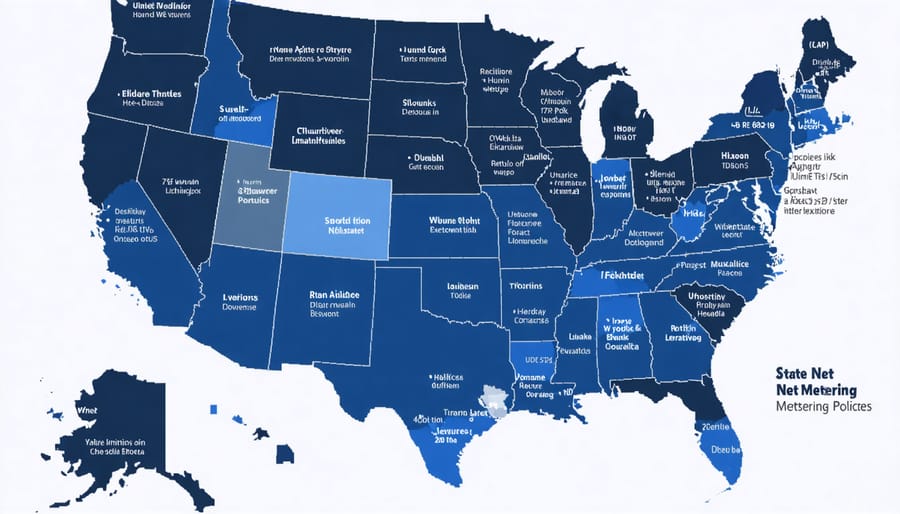
State-Specific Incentives
Each state offers unique incentives and requirements for solar power installations, making it crucial to understand your local options. California leads the way with its Solar Rights Act and generous rebates, while New York’s NY-Sun program provides substantial incentives and solar financing options for homeowners.
Massachusetts offers its SMART program, providing fixed incentive rates for solar production, while Arizona maintains net metering policies that help homeowners maximize their solar investment. Texas, despite lacking a statewide solar mandate, offers property tax exemptions and local utility rebates in major cities like Austin and San Antonio.
Florida’s net metering policy allows homeowners to earn credits for excess energy production, and the state’s tax exemptions make solar installations more affordable. New Jersey’s successful SREC program continues to reward solar energy producers, while Colorado maintains strong interconnection standards and community solar gardens.
Many states also offer additional perks such as expedited permits, reduced fees, and protection from HOA restrictions. Hawaii, for instance, requires solar water heaters in new home construction, while Oregon provides cash rebates through the Energy Trust program.
Before starting your solar project, check your state’s energy office website for current incentives, as programs and requirements frequently change. Some states also offer special incentives for low-income households or specific technologies like battery storage. Working with a local solar installer can help you navigate these state-specific opportunities and maximize your available benefits.
Remember that these incentives often work in conjunction with federal tax credits, potentially making your solar investment even more attractive.
Local Solar Installation Rules
HOA and Building Codes
While HOAs traditionally have significant control over home modifications, many states now have “solar rights laws” that limit their ability to restrict solar installations. These laws typically ensure that HOAs cannot outright prohibit solar panels, though they may still impose reasonable aesthetic guidelines, such as panel placement and mounting systems.
Before installation, check your HOA’s specific regulations regarding solar panels. Common requirements might include submitting detailed installation plans, using specific panel colors or styles, or following certain placement guidelines to minimize visibility from the street. Working cooperatively with your HOA board early in the planning process can help avoid potential conflicts.
Building codes also play a crucial role in solar installation. Most jurisdictions require permits, professional installation, and compliance with structural and electrical codes. Key considerations include roof load capacity, electrical system compatibility, and fire safety requirements. Your local building department will typically require:
– Detailed system design plans
– Structural engineering calculations
– Electrical diagrams
– Fire access pathways on the roof
– Proper setbacks from roof edges
Many solar installers handle the permitting process as part of their service. They’re familiar with local requirements and can ensure your installation meets all necessary codes. It’s recommended to work with certified installers who understand both HOA guidelines and building code requirements to ensure a smooth approval process.
Permit Requirements
Before installing solar panels, you’ll need to secure the necessary permits from your local government. Most jurisdictions require both building and electrical permits, which help ensure your installation meets safety standards and building codes. The good news is that many localities have streamlined their solar permitting processes to encourage renewable energy adoption.
Typically, you’ll need to submit detailed plans showing your roof’s structural integrity, the proposed panel layout, and electrical diagrams. These documents should include specifications for all equipment, mounting systems, and wiring details. Many installers handle the permitting process as part of their service, saving you time and hassle.
The permit application usually requires:
– Site plans and drawings
– Equipment specifications
– Structural engineering calculations
– Electrical diagrams
– Proof of homeowner’s insurance
– HOA approval (if applicable)
Processing times vary by location, but most permits are approved within 2-4 weeks. Fees typically range from $200 to $1,000, depending on your area and project scope. Some municipalities offer expedited processing or reduced fees for solar installations to promote clean energy adoption.
Remember that permits must be obtained before installation begins, and final inspections are required once the work is complete. Working with a qualified installer who understands local requirements can help ensure a smooth permitting process.
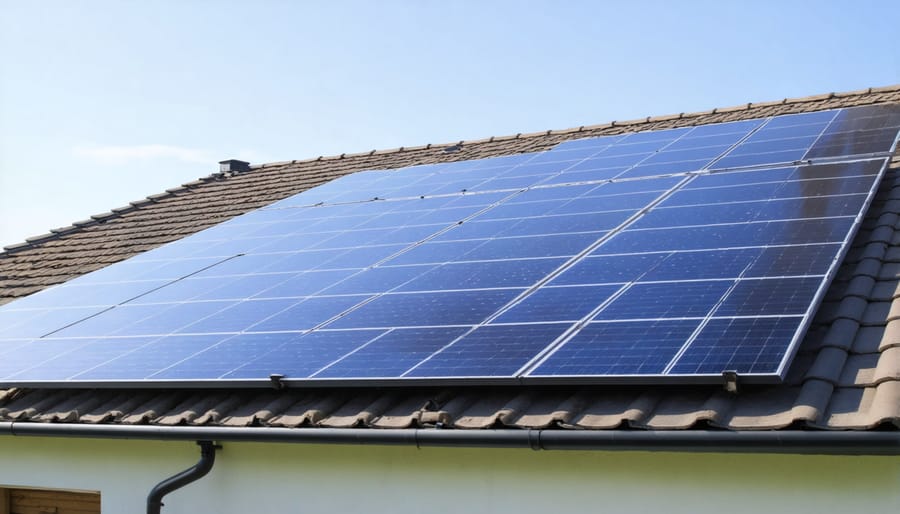
Making Regulations Work for You
Understanding solar regulations doesn’t have to be overwhelming – in fact, you can make them work to your advantage. Start by familiarizing yourself with available tax incentives and rebates in your area. The federal solar tax credit, for instance, allows you to deduct 30% of your solar installation costs from your federal taxes, significantly reducing your initial investment.
To maximize the benefits of home solar power, consider these practical steps:
First, schedule a consultation with multiple solar installers who are familiar with local regulations. They can help you understand specific requirements for your property and ensure compliance from the start. Many installers will handle permit applications and paperwork on your behalf, saving you time and potential headaches.
Next, review your homeowners’ association (HOA) guidelines if applicable. While many states have “solar rights laws” that prevent HOAs from blocking solar installations, understanding these rules early helps avoid delays. Keep documentation of all communications with your HOA regarding your solar project.
Take advantage of net metering programs where available. These programs allow you to sell excess power back to the grid, potentially reducing your electricity bills to zero or even earning credits. Check with your utility company about their specific net metering policies and requirements.
Consider timing your installation strategically. Many jurisdictions offer additional incentives during certain times of the year or when specific energy goals need to be met. Some utilities also provide time-of-use rate structures that can maximize your solar system’s financial benefits.
Finally, maintain detailed records of all permits, inspections, and certifications. This documentation not only ensures compliance but can also be valuable when selling your home or applying for additional incentives in the future. Remember to schedule regular maintenance checks to keep your system operating at peak efficiency and in compliance with ongoing regulatory requirements.
As we’ve explored throughout this guide, understanding solar power regulations is key to making informed decisions about your renewable energy journey. While navigating these rules may seem daunting at first, the benefits of solar power far outweigh the initial complexity of understanding the regulatory landscape.
Remember that regulations exist at multiple levels – federal incentives provide significant financial benefits, state policies offer additional support, and local guidelines ensure safe installation and operation. By staying informed about these requirements, you’re better positioned to maximize your solar investment while maintaining compliance.
Take action by first researching your specific location’s requirements and connecting with certified solar installers who understand local regulations. Consider joining local solar advocacy groups to stay updated on policy changes and new incentives. Don’t forget to review your HOA guidelines and building codes before making any commitments.
The future of solar power looks increasingly bright, with regulations continuing to evolve in favor of renewable energy adoption. By embracing solar power today, you’re not just investing in your home’s value and reducing your energy bills – you’re contributing to a more sustainable future while taking advantage of numerous financial incentives and support programs.
Ready to start your solar journey? Begin by contacting local solar providers and requesting assessments of your property’s solar potential. The sooner you act, the sooner you can start enjoying the benefits of clean, renewable energy.




